For decades, dentistry has sought ways to regenerate enamel—the body’s hardest tissue, which does not naturally heal itself. A new study offers hope: keratin-based scaffolds could guide mineral growth, potentially paving the way for true enamel regeneration.
A long-standing challenge
Enamel erosion is one of the most common and irreversible problems in dentistry. Acidic foods and drinks, poor oral hygiene, and the natural ageing process slowly wear away this protective outer layer, leading to tooth sensitivity, pain, and eventually tooth loss. Current solutions—ranging from fluoride toothpastes to restorative procedures—can slow damage or replace lost structure, but they cannot bring enamel back.
The keratin discovery
In a breakthrough study published in Advanced Healthcare Materials, scientists revealed that keratin, a protein found in hair, skin, and wool, can actually help regrow enamel-like structures. When applied to the tooth surface, keratin interacts with minerals naturally present in saliva to form a highly organised, crystal-like scaffold. This scaffold mimics the structure and function of natural enamel and continues to attract calcium and phosphate ions over time, leading to the growth of a protective enamel-like coating.
Unlike conventional fluoride approaches, which primarily slow down demineralisation, keratin-based treatments were shown to stop early decay completely. The protein not only reinforces the tooth structure but also seals off exposed nerve channels, providing both structural repair and relief from sensitivity.
From lab to clinic
The researchers envision multiple delivery options for this innovation:
- As a daily-use toothpaste for widespread prevention and repair.
- As a professionally applied gel, similar to nail varnish, for targeted treatment of damaged areas.
With clinical pathways already being explored, keratin-based enamel regeneration could reach patients within the next two to three years—a remarkably short horizon for such a transformative development.
A step toward regenerative dentistry
This advance, a preclinical framework, represents more than a new material—it signals a paradigm shift. For the first time, enamel loss may no longer be seen as permanent. Dentistry is shifting from a model of “drilling and filling” toward one of biological restoration—repairing teeth in a manner that mimics nature's original design.
If successful, keratin could turn the once-impossible dream of enamel regeneration into a clinical reality, marking a defining moment in the future of oral healthcare.
Reference:
- Gamea S, Radvar E, Athanasiadou D, Chan RL, De Sero G, Ware E, Kundi S, Patel A, Hormaee S, Hadadi S, Carlsen M, Allison L, Fleck R, Chan KLA, Banerjee A, Pugno N, Liebi M, Sharpe PT, Carneiro K, Elsharkawy S. Biomimetic Mineralization of Keratin Scaffolds for Enamel Regeneration. Adv Healthc Mater. 2025 Aug 12:e02465. doi: 10.1002/adhm.202502465. Epub ahead of print. PMID: 40793834.
-
Toothpaste made from hair provides natural root to repair teeth
Topics:
Tags:
SÃO PAULO, Brazil: Dental enamel defects (DEDs) are estimated to affect around 20% of children worldwide, and instances such as the fracturing of ...
Finally, researchers have succeeded in designing artificial enamel, which seems to have much better mechanical properties compared to natural enamel –...
This article is about a unique dental app called Denthue, where we interview its creator Dr. Sachin Chaware, Prosthodontist, Nashik. DentHue is a digital ...
STOCKHOLM, Sweden: Understanding of cell types and the mechanisms of dental growth is essential for the reconstruction and engineering of teeth. Therefore, ...
We knew since the beginning that once the enamel is lost, it is lost forever because it cannot regenerate naturally. However, this could all change in the...
COLOGNE, Germany: Whereas caries in adults and adolescents in Germany is declining, research has found that about 14 per cent of 3-year-olds in the country ...
Live webinar
Wed. 14 January 2026
10:30 pm IST (New Delhi)
Dr. Théo Laplane, Dr. Robert Gottlander DDS
Live webinar
Fri. 16 January 2026
10:30 pm IST (New Delhi)
Live webinar
Mon. 19 January 2026
11:30 pm IST (New Delhi)
Philipp Kopp, Michael Seeber
Live webinar
Thu. 22 January 2026
7:30 pm IST (New Delhi)
Prof. Judith Jones D.D.S; M.P.H., Prof. Kakuhiro Fukai D.D.S., Ph.D, Dr. Bathsheba (Bethy) Turton
Live webinar
Fri. 23 January 2026
12:30 am IST (New Delhi)
Dr. Nicola M. Grande DDS, PhD
Live webinar
Wed. 28 January 2026
6:30 pm IST (New Delhi)
Live webinar
Wed. 28 January 2026
9:30 pm IST (New Delhi)
Prof. Dr. Jan-Frederik Güth



 Austria / Österreich
Austria / Österreich
 Bosnia and Herzegovina / Босна и Херцеговина
Bosnia and Herzegovina / Босна и Херцеговина
 Bulgaria / България
Bulgaria / България
 Croatia / Hrvatska
Croatia / Hrvatska
 Czech Republic & Slovakia / Česká republika & Slovensko
Czech Republic & Slovakia / Česká republika & Slovensko
 France / France
France / France
 Germany / Deutschland
Germany / Deutschland
 Greece / ΕΛΛΑΔΑ
Greece / ΕΛΛΑΔΑ
 Hungary / Hungary
Hungary / Hungary
 Italy / Italia
Italy / Italia
 Netherlands / Nederland
Netherlands / Nederland
 Nordic / Nordic
Nordic / Nordic
 Poland / Polska
Poland / Polska
 Portugal / Portugal
Portugal / Portugal
 Romania & Moldova / România & Moldova
Romania & Moldova / România & Moldova
 Slovenia / Slovenija
Slovenia / Slovenija
 Serbia & Montenegro / Србија и Црна Гора
Serbia & Montenegro / Србија и Црна Гора
 Spain / España
Spain / España
 Switzerland / Schweiz
Switzerland / Schweiz
 Turkey / Türkiye
Turkey / Türkiye
 UK & Ireland / UK & Ireland
UK & Ireland / UK & Ireland
 International / International
International / International
 Brazil / Brasil
Brazil / Brasil
 Canada / Canada
Canada / Canada
 Latin America / Latinoamérica
Latin America / Latinoamérica
 USA / USA
USA / USA
 China / 中国
China / 中国
 Pakistan / Pākistān
Pakistan / Pākistān
 Vietnam / Việt Nam
Vietnam / Việt Nam
 ASEAN / ASEAN
ASEAN / ASEAN
 Israel / מְדִינַת יִשְׂרָאֵל
Israel / מְדִינַת יִשְׂרָאֵל
 Algeria, Morocco & Tunisia / الجزائر والمغرب وتونس
Algeria, Morocco & Tunisia / الجزائر والمغرب وتونس
 Middle East / Middle East
Middle East / Middle East



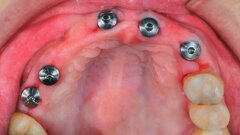
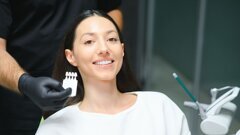





























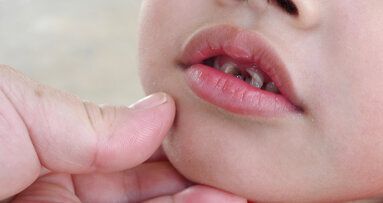
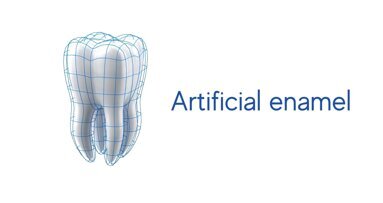

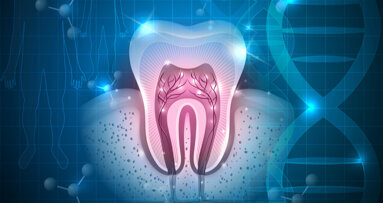
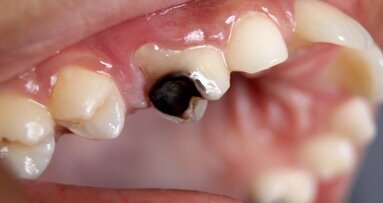
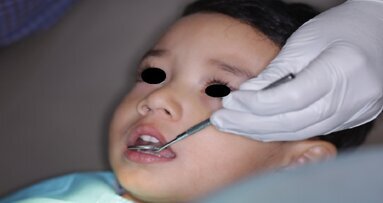

















To post a reply please login or register